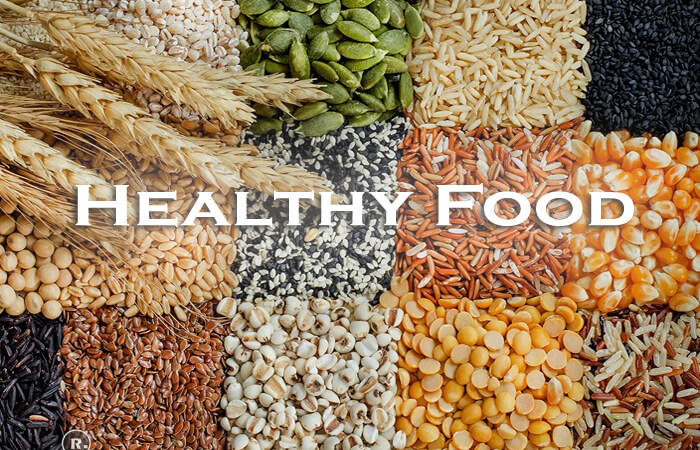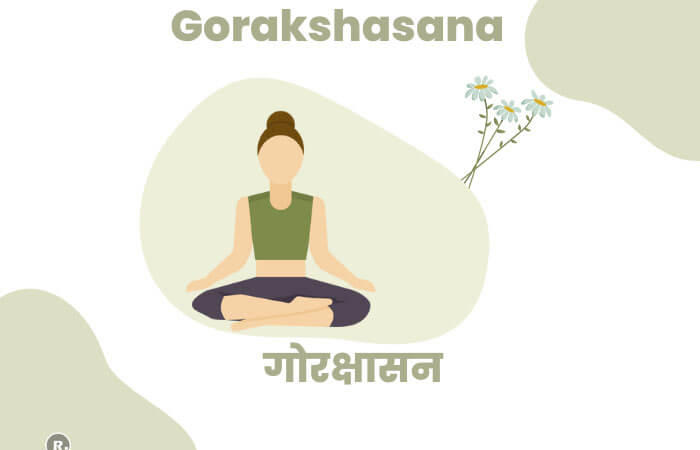The 5 Best Vitamin D Food Sources

Also known as the Sunshine Vitamin, Vitamin D is one thing we miss out on during the cold, dark days of winter. Vitamin D is essential for good health, and cholesterol plays a role in producing vitamin D from sunlight. Vitamin D is one nutrient in particular that supports normal bone density and strength.
People living in North America get less sunlight so it is difficult to get their vitamin D sources from sunlight 365 days a year because the sun is not strong enough from October to May. So if you live in places where there is less sunshine then you should get the sunshine vitamin from foods high in vitamin D. Vitamin D, as well calcium, potassium, and fiber are four nutrients you will fall short in your diet.
What is the most popular Vitamin D source?
Direct sunlight on the skin triggers the body’s ability to make vitamin D. When it’s not possible to get enough of the “sunshine vitamin” from the sun, people need to get their vitamin D sources from food. From April until the end of September it’s possible to get enough vitamin D by spending time outside. Sitting inside by a sunny window doesn’t count because glass filters out the UVB rays – the type of light that is needed to make vitamin D.
In the USA and UK, we don’t get enough vitamin D from sunlight between October and March, because the light doesn’t contain enough UVB rays. During this time, we need to rely on getting enough vitamin D from food, and possibly supplements.
Importance of Vitamin D
We know that vitamin D is critical for so many body functions. Vitamin D is a fat-soluble vitamin. This means that your body can store extra amounts of vitamin D. Vitamin D helps keep your bones strong and your immune system healthy. Muscles need it to move, for example, and nerves need it to carry messages between the brain and every body part. In addition, a growing body of evidence supports the potential benefits of vitamin D. Plus, vitamin D is even linked to your mood and a stronger immune system.
It is important to get enough vitamin D from your diet because it helps our bodies absorb and use calcium and phosphorous for strong bones and teeth. Vitamin D can help protect older adults against osteoporosis. Vitamin D can also protect against infections by keeping your immune system healthy. It may help reduce the risk of developing chronic diseases such as multiple sclerosis and certain types of cancer.
How much Vitamin D do I need?
Babies up to the age of 1 year – need 8.5 to 10 micrograms of vitamin D a day.
Children from the age of one – need 10 micrograms of vitamin D a day. This includes pregnant and breastfeeding women and people at risk of vitamin D deficiency.
Adults – need 10 micrograms every day if they are not often outdoors, live in a care home, have dark skin, or are fully covered up when they are in the sun.
Food high in Vitamin D
Vitamin D is typically found in the skin and is activated by the sun, so it can be difficult to find sources of vitamin D in food. However, there are a few vitamin D-rich foods you can incorporate regularly into your diet if you’re not able to get enough sunshine throughout the week. Vegetables high in vitamin D include mushrooms that have been exposed to sunlight. Other vegan foods high in vitamin D include fortified soy products like tofu, soy milk, soy yogurt, fortified cereals, and fortified juices.
Egg (yolks)
Egg yolks are another source of vitamin D. While most of the protein in eggs can be found in the white part, fats, minerals, and vitamins are typically found in the yolk itself. So, when consuming an egg, always remember to eat the most nutritious part of the egg i.e egg yolk.
Oily fish – such as salmon, sardines, mackerel, trout
It’s suggested that a healthy diet should include at least two portions of fish per week – one of these being oily fish. Oily fish or fatty fish is a great source of vitamin D, as well as omega-3 fatty acids which can help in preventing heart disease.
Cheese
Cheese is one of the top vitamin d rich foods in India. Having more cheese is the easiest and the tastiest solution to solve your vitamin d deficiency. Out of all the cheeses, Ricotta cheese is the highest source of Vitamin D.
Mushrooms
Mushrooms contain naturally-occurring vitamin D. Maitake mushrooms are by far the best source, providing close to 70% of daily requirements per ½ cup serving. Chanterelle and morel mushrooms are also acceptable sources.
Milk
There are many reasons to drink all types of dairy milk. Whether it’s low-fat, organic, or flavored, all types of dairy milk are an excellent source of vitamin D and provide other essential nutrients including B vitamins for energy, high-quality protein for lean muscle, vitamin A for a healthy immune system, and four bone-building nutrients, including calcium and phosphorus.
Suggested Read: Health Benefits of Drinking milk
Butter
Butter is rich in vitamin d, though in small quantities. Butter also aids the absorption of vitamin D and others obtained from other sources along with antioxidants by the body. But, always remember that quantity is the key. One looks to not consume butter in excess. If consumed in moderation, butter can be a healthy addition to your vitamin intake diet.
Fortified cereals
Oatmeal and breakfast cereals are fortified with different vitamins. Check the label to ensure that you are getting the right amount of vitamin D in your body. Also cereals like all your whole wheat grains including ragi, barley, and soybean atta.
Cod Liver Oil
If you can stomach the strong aroma, this oil is super-rich in vitamin D. Just a teaspoon offers 113 percent of your daily vitamin D needs. This golden oil is also rich in omega-3 fatty acids. Some medical experts recommend taking vitamin D to improve brain function and optimize nervous system function.
Other food items that are rich in Vitamin D, protein, and calcium are Broccoli, Avocado, Kiwi, Papaya, and Dry fruits like walnut and peanuts.
Suggested Read: Health Benefits of Honey
Vitamin D Breakfast Ideas
- Fortified bran flakes with semi-skimmed milk and some fruit
- Yogurt with fruit and nuts
- Smoked salmon on toast with avocado slices and a bit of onion
- Egg on toast with beans and a sprinkle of cheese
Vitamin D Snack Ideas
- Cottage cheese with fruit and nuts
- Vitamin D enriched mushrooms – sautéed in butter, spread on a toast or cracker
Vitamin D Lunch Ideas
- Leafy green Caesar salad with avocado slices and sardines
- Buddha Bowl – sliced boiled egg (or fatty fish), avocado, broccoli tops, sweet potato chunks on top of quinoa
- Stir-fried rice with lots of vegetables and a scrambled egg
- Egg salad sandwich on fortified toast, with a side salad of leafy greens
Vitamin D Dinner Ideas
- Grilled Mackerel with steamed broccoli, baked potato, and some low-fat cheese
- Cooked salmon added to pasta with a creamy, dairy-based sauce along with string beans or other green vegetables
- Vitamin D-enriched mushrooms cooked into a brown rice risotto with a sprinkle of cheese on top
- Poke Bowl – salmon chunks on rice with seaweed, shredded raw radish, and carrot slices. Sprinkle sesame seeds on top.
Suggested Read: Turmeric Health Benefits






